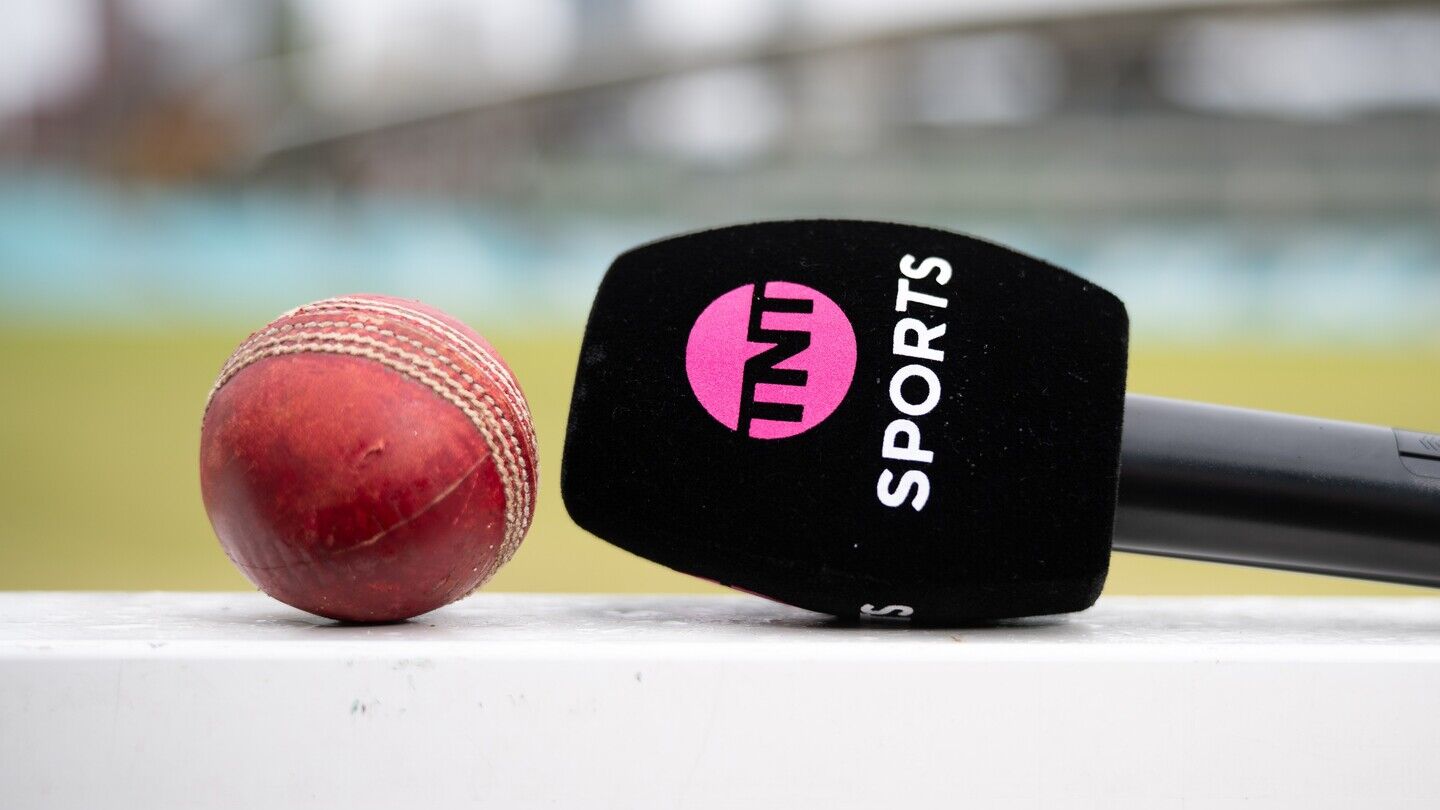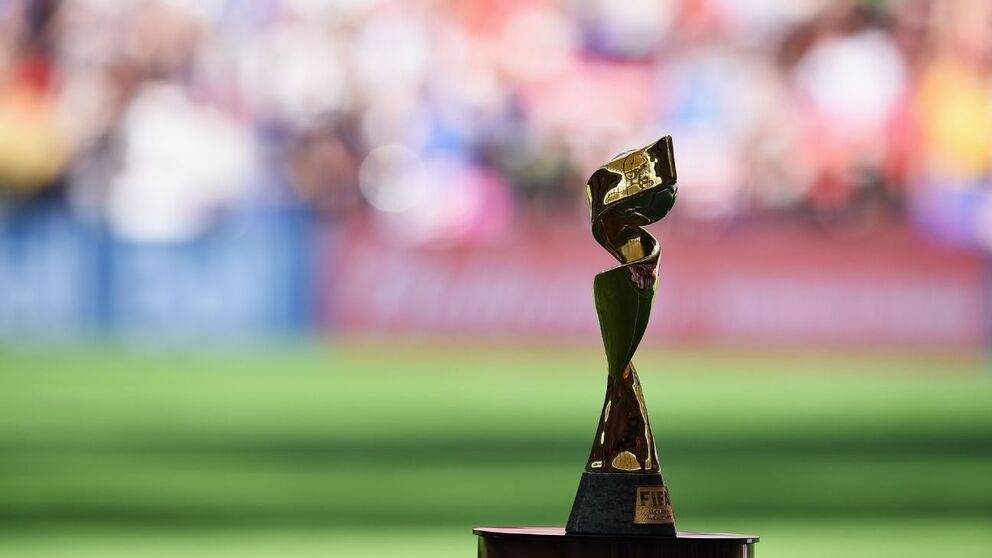The FIFA Women’s World Cup Australia & New Zealand features a number of production firsts including volumetric ‘datatainment’, fully remote live matchday hosting, and a stream dedicated to TikTok – but it is all in HD, reports Adrian Pennington
Born as a 12-team tournament in 1991, the FIFA Women’s World Cup was expanded to include 16 countries at USA 1999 and 24 at Canada 2015. For the FIFA Women’s World Cup Australia & New Zealand 2023, 32 nations compete for the first time.
The production plan will build on FIFA’s benchmarking broadcast tradition and will once again be enhanced with innovations and improvements...
You are not signed in
Only registered users can read the rest of this article.

Behind the scenes: The Running Man
Scenes structured like Russian nesting dolls present Editor Paul Machliss with a challenge in completing this deadly reality TV show.

TNT Sports and The Ashes: “We need to be at the heart of the story”
TNT Sports takes a hybrid approach as England’s cricket team heads down under with a sporting chance of returning with a little urn. Adrian Pennington reports.

Behind the scenes: Frankenstein
Cinematographer Dan Laustsen tells IBC365 why he and Guillermo del Toro turned the classic nightmare, Frankenstein, into a love story of ice and warmth between father and son.
Behind the scenes: Good Boy
From casting his own dog as the lead to shooting at a dog’s eye level, first-time Feature Director Ben Leonberg has perfected a filmmaking process built entirely around a pet. The result? Critical acclaim and a viral smash for horror season.

Behind the scenes: A House of Dynamite
Filmmaker Barry Ackroyd reveals how his camera work takes audiences inside the command bunker and gives them no control over the final countdown to nuclear Armageddon.





